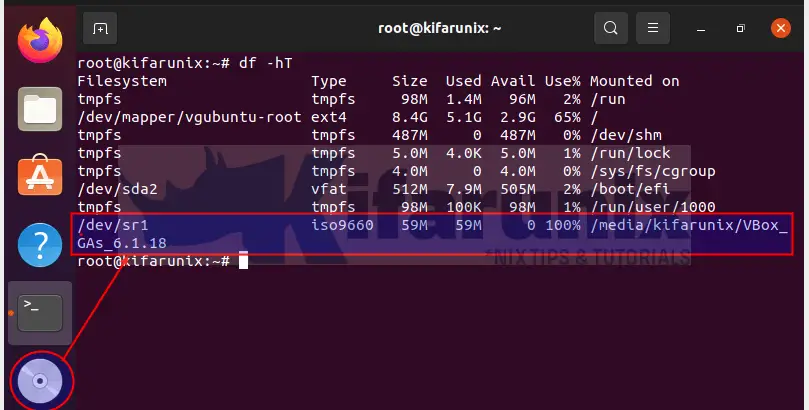


You can skip this as you’ll need to run the installer from the Terminal. This may prompt you with an auto-run prompt as it loads the CD image.This is required to compile the kernel modules required. Ensure you have the ‘build-essential’ and ‘dkms’ packages installed in the Virtual Machine.In this case, launch your Linux Virtual Machine and follow these steps: To install VirtualBox Guest Additions, you’ll first need to boot and log into your Virtual Machine. It is not limited to Ubuntu Virtual Machines. These instructions should apply to most Linux distributions. Install VirtualBox Guest Additions on Linux If you see a small VirtualBox icon, VirtualBox Guest additions is installed an running properly. You can always verify whether or not VirtualBox Guest Additions are installed in your Virtual Machine by looking in the system tray. Reboot the Virtual Machine when prompted.Follow the prompts for the VirtualBox Guest Additions Setup.In the VirtualBox menu of your running Virtual Machine, under Devices, select “Install Guest Additions”.In this case, launch your Windows Virtual Machine and follow these steps: Install VirtualBox Guest Additions on Windows You’ll find instructions below for both Windows and Linux guests. This article assumes, of course, that you already have VirtualBox and a Virtual Machine installed. If you have not previously run a Virtual Machine with Guest Additions, you’ve been missing out! In this article I will outline how to install VirtualBox Guest Additions on Windows and Linux virtual machines. Improved mouse and keyboard integration, improved video resolution and more! VirtualBox Guest Additions are a basic requirement for anyone wanting to properly run virtual machines in a graphical environment. Guest additions allow you to greatly improve your experience when working inside virtual machines. This book outlines the process of installing Guest Additions on your virtual machines. I thought I would share a little bit more from the book I reviewed, “ VirtualBox 3.1 Beginners Guide“.


 0 kommentar(er)
0 kommentar(er)
